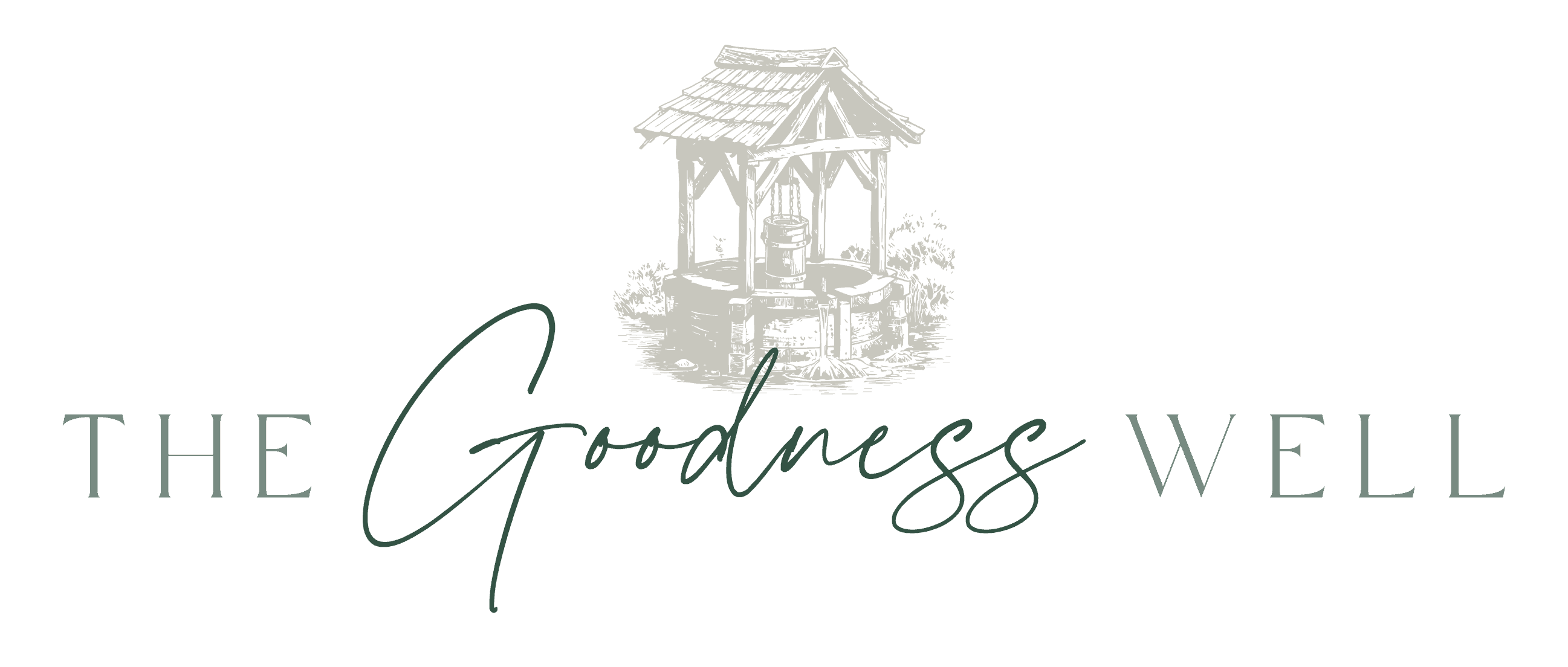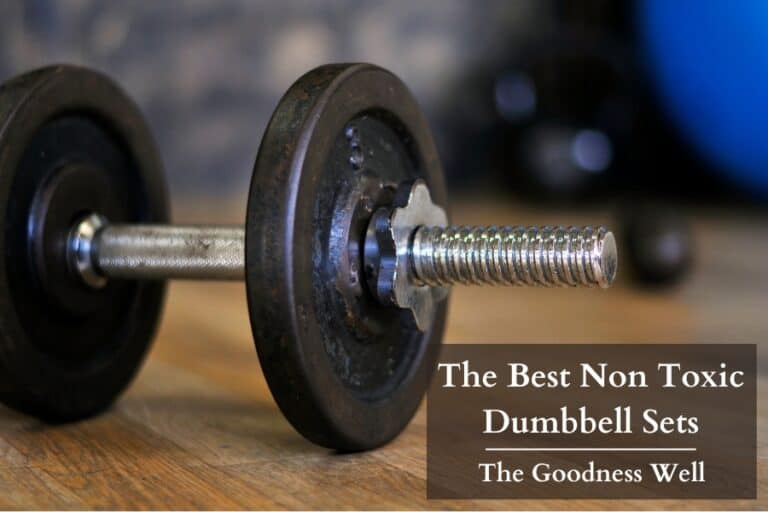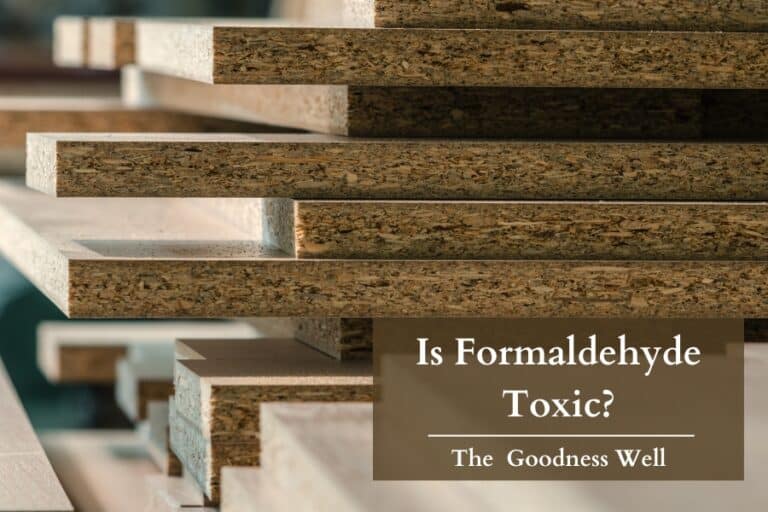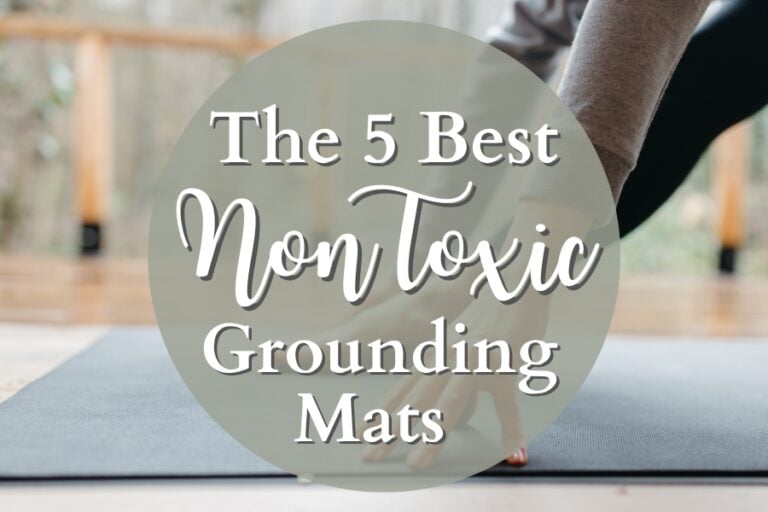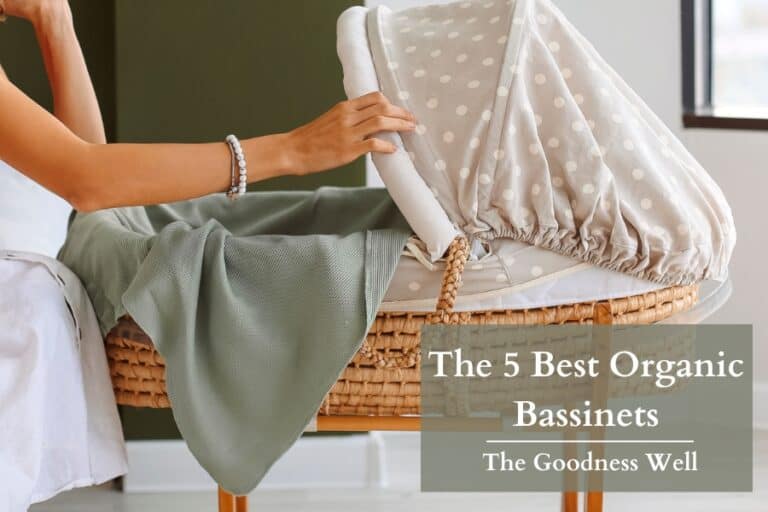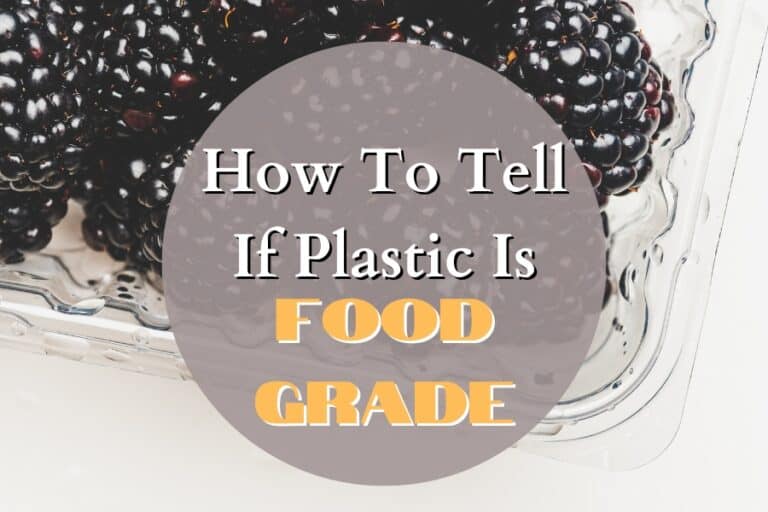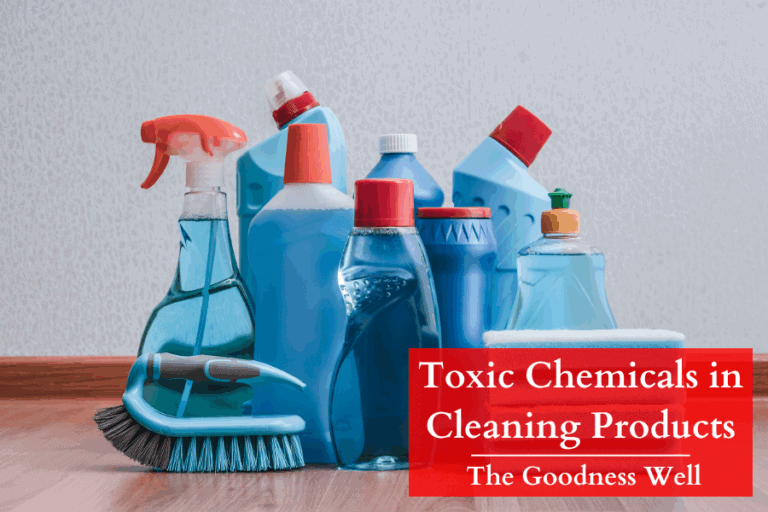Are Glade Plug Ins Toxic? The Truth Behind Home Fragrances
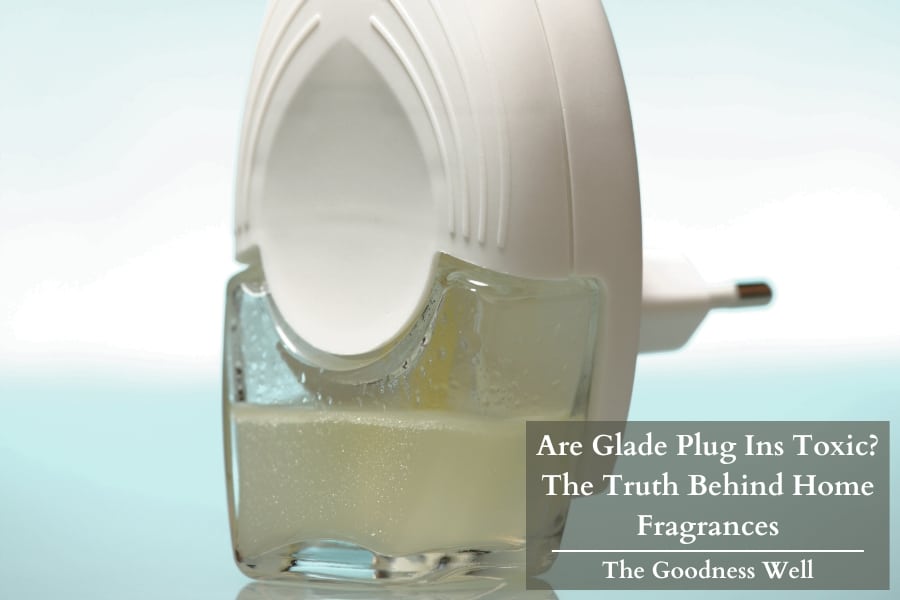
We’ve all loved our Glade Plugins at some point in our lives. Easy to use and smells great, I mean why not?
But are glade plug ins toxic?
Luckily, we did the research and have got the answers. Let’s get right to it.
TL;DR
So, Are Glade Plug Ins Toxic?
Yes, like many other air fresheners, Glade plug ins are toxic because they contain toxic chemicals like volatile organic compounds (VOCs) and phthalates that are known endocrine disruptors which can cause skin irritation and many other health issues. However, there are consumer-conscious brands that make non toxic plugins that are not only effective but most importantly safe!
Glade Plug Ins Ingredients📄
Let’s take a look at the most common ingredients found in Glade plug-ins:
| Ingredient | Purpose | Known Health Risks |
| Benzyl acetate | A compound found naturally in many flowers | No health risks at moderate to low levels. Prolonged exposure may irritate the eyes, skin, and respiratory tract. |
| (Ethoxylated ingredients) | Used in the manufacturing process and are often contaminated with toxic ingredients like ethylene oxide and 1,4-dioxane | Because of their contamination with carcinogens, they can cause skin irritation and hormonal disruptions. |
| VOCs (Volatile Organic Compounds) | VOCs such as acetone, ethanol, formaldehyde, butane, and propane are used as solvents, carriers, and propellants to enhance fragrance distribution. | VOCs are linked to damage to the liver, kidney, central nervous system, and even cancer. |
| Phthalates | Glade advertises that their PlugIns are made without phthalates, but studies show otherwise…🙄 see the graphic below. | Pthalates are linked to hormone disruption, developmental, reproductive, and respiratory issues |
| Parabens | Used as preservatives to prevent the growth of microbes and extend shelf life. | Parabens are linked to endocrine disruption, hormone disruption, reproductive issues, and cancer |
| Synthetic Nitro Musk | Used to provide a musky aroma and to enhance longevity and intensity. | Nitro musks persist and accumulate in the environment. Their exact health effects on humans are still being studied. |
| DMDM Hydantoin | A formaldehyde-releaser that acts as a preservative. | Because it is a formaldehyde releaser, DMDM can cause skin, eye, and respiratory irritation as well as other health risks associated with formaldehyde. |
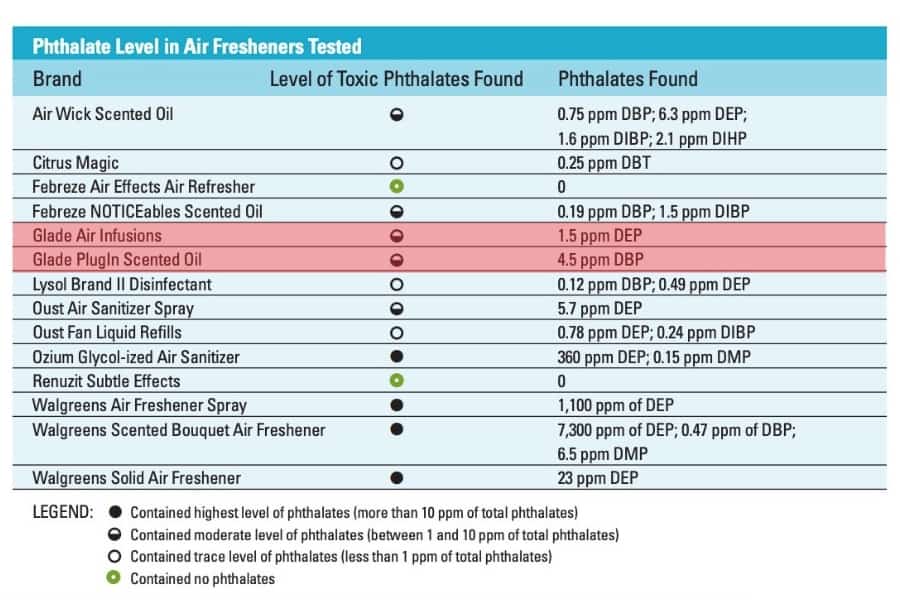
Other Concerning Ingredients
Aside from what we mentioned above, Glade PlugIns contain some ingredients that are concerning because of the health and environmental risks:
- Allyl heptanoate
- Lilial
- Decanal
- Anethole
- Octanal
- Dipropylene glycol methyl ether
- Isopropylphenylbutanal
It’s important to note that Glade Plugins don’t disclose the exact amount of each chemical ingredient, making it difficult to check out the exact level of risk linked with their use.
Safer Alternatives👍🏽
Aside from just purchasing non toxic plug in fresheners, here are some of my best hacks to creating a smell good home without chemicals.
Essential Oils
Essential oils are a great way to keep your home smelling awesome as they can be used in so many ways.
Always remember though, with essential oils, less is more. They are potent and you really don’t need too much.
Here are a few ways you can use essential oils in your home!
- Diffuser: Simply add a few drops of your favorite essential oil to a diffuser and enjoy! Not too much though.
- Room spray: Create your own room spray by mixing essential oils with water and carrier oil, such as jojoba or almond oil. Shake well before each use and spray lightly around the room.
- Potpourri: Add a few drops of essential oil to a potpourri to refresh the scent. You can also add dried flowers, herbs, and spices for added fragrance.
- Sachets: Fill small cloth bags with potpourri and a few drops of essential oil. Place the sachets in drawers, closets, or on shelves to freshen the air and prevent musty odors.
- Simmer Pots: Create your own simmer pots by adding a few drops of essential oil to a pot of water and simmer on the stovetop. This is my favorite method as I can add all types of smell-good ingredients lying around like cinnamon, used fruit peels, vanilla extract, etc.
- DIY candles: You can make your own scented candles by adding essential oils to melted wax. Pour the wax into jars or molds and let them cool and harden.
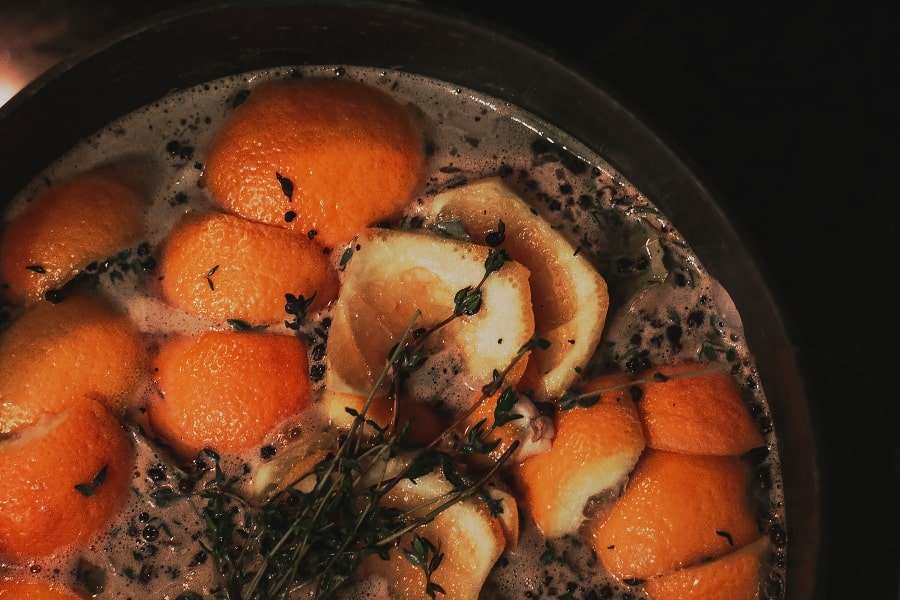
Baking Soda
Baking soda not only helps with cooking but is also super effective at neutralizing odors in your home.
They’re great to keep in pet areas, bathrooms, kitchens, or anywhere that might not have the best of smells at times.
Baking soda is just so dang useful!
Some additional tips
- Fresh herbs and spices: Place fresh herbs like rosemary, mint, or thyme in small bowls around your home for a delightful and natural fragrance.
- I sometimes hang eucalyptus in our shower to give it a fresh earthy smell.
- These can also go into our simmer pot we talked about
- For wax melt lovers! Swap out toxic wax melts for non toxic wax melts.
- Citrus peels: Citrus peels, especially from oranges, lemons, or grapefruits, are one of my go-to’s
- Dry the peels in the oven or on a sunny windowsill, then place them in small bowls or baskets around your home.
- Ventilation: Get those windows and doors open whenever possible to circulate fresh air through your home.
Frequently Asked Questions
No, air fresheners like Glade PlugIns are not safe for babies.
In fact, the American Academy of Pediatrics (AAP) recommends avoiding the use of air fresheners in the home, especially in areas where babies spend a lot of time.
No, glade plug ins emit VOCs which can be toxic to pets, especially birds, who are even more sensitive.
You should avoid leaving plug-in air fresheners on continuously as this can lead to a buildup of VOCs in the air, increasing the risk of health problems.
Yes, if not used properly. It may heat up as the fragrance is released and this can lead to overheating.
Yes, it can. There is some evidence that synthetically scented plug-in air fresheners can trigger anxiety in some people.
